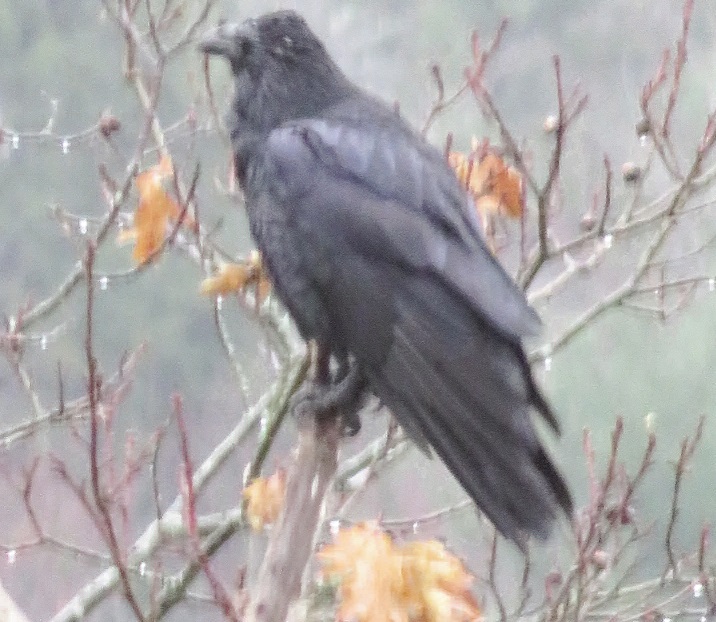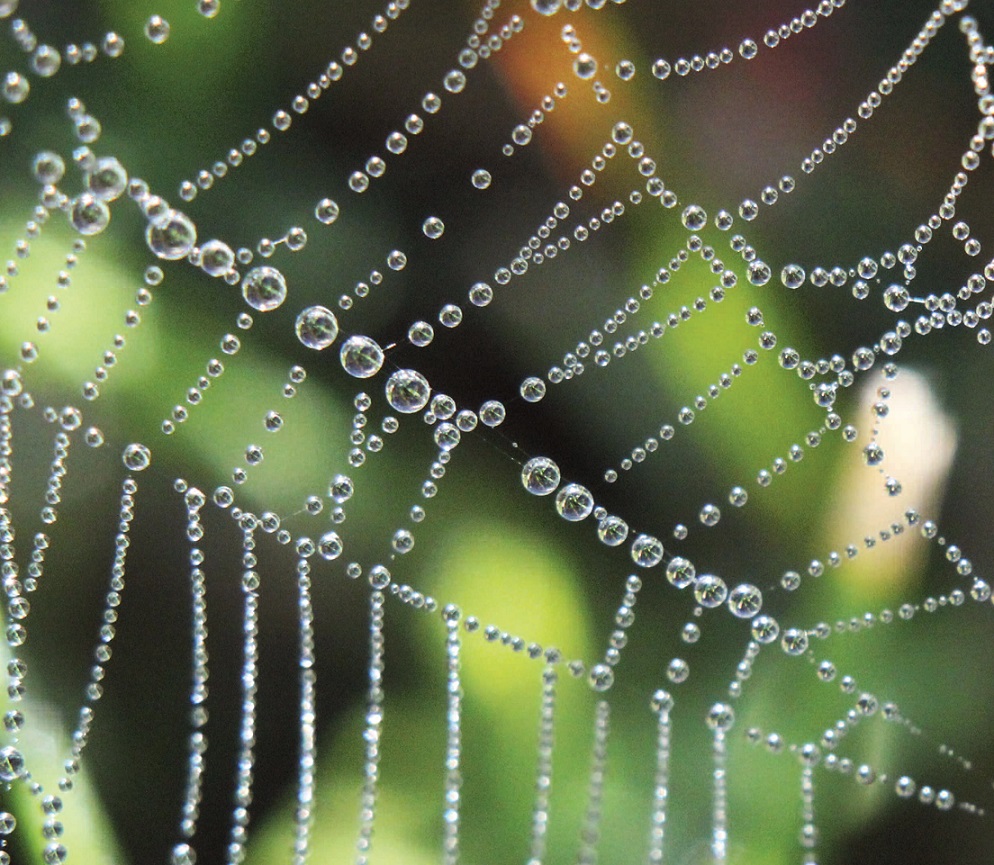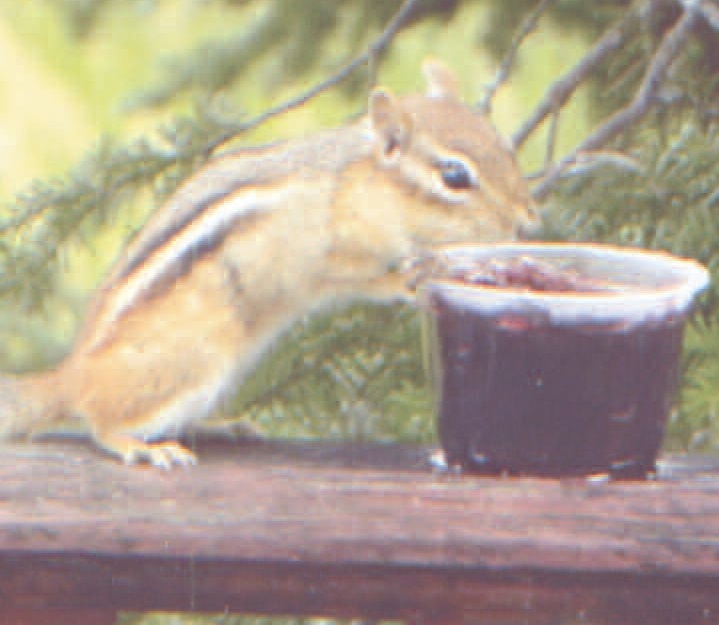Memories are made of these
 Pages in Time
Pages in Time
by Milt Huntington
Sit back, relax, and make a few withdrawals from your collective memory banks while I dredge up a few nostalgia nuggets of my own.
I had the honor of speaking at my 60th Cony High School class reunion a while ago and used the occasion to delve into the pages of yesteryear where fond and distant memories were lurking.
I assured my classmates that some things never change like the Hartford Fire Station whistle that still sounds religiously every single day at 12:30 p.m. and again at 9 o’clock. I reminded them that the State House and the Blaine Mansion are still there along with the old Post Office, the Armory, the AMHI buildings and of course the old flatiron building where long ago they built a school upon a hill.
Speaking to a room-full of Cony grads from here and away, I reminded them of the icons of long ago that no longer exist–places like the Augusta House, Jose Motors, the State Street Diner, Forrest’s Drug Store and the A&P. Gone, all gone, I lamented are our old hangouts like McAuley’s Restaurant on Outer Western Avenue, Doc’s Lunch, Mike’s Lunch, The Roseland, Foster’s Smoke Shop, McNamara’s and the Oxbow out in Winthrop. We still all smile with happy memories when we hear of Island Park.
It was my sad duty to remind folks that McLellan’s, Kresge’s and Woolworth;s have all disappeared from downtown Water Street. No more can they visit Penny’s, Montgomery Ward, Sears & Roebuck, Adam’s, Chernowsky’s, Farrell’s Clothing Store, Nicholson & Ryan’s or Bilodeau’s jewelry stores.
Other institutions that have faded into the pages of time include: the Colonial and Capitol theaters, the drugstores with the wonderful pinball machines, the barber shops, the beer joints, the Depot News, the Army-Navy store, Foster’s Smoke Shop and the Hotel North.
Stealing thoughts from one of my earlier columns, I pushed some buttons of memory concerning the clothes that all of us wore. The boys of the 40’s and 50’s wore maroon corduroy jackets with plaid trousers rolled up at the cuffs. Their shoes consisted of white bucks or penny loafers. Crew cuts were far and away the style of the day. I wish I could grow one now.
The Cony girls of long ago displayed pony tails, up-do’s or page boys, and they looked “sharp” in blue velvet, sweaters, clinging skirts, Gibson Girl blouses and midi-skirts. Their feet were decked with bobby sox, white sneakers and saddle shoes.
The guys never called them “cool.” Nah! They called them sharp, groovy, snazzy or neat. Today, of course, all the younger whippersnappers say “like” and “you know” most of the time. Not all the time, just when they open their mouths. It doesn’t take much to get me going on that subject. I think of the the Red Sox pitcher I watched who said “you know” 32 times in a three minute television interview. I expressed my amazement that a lot of college graduates who go on to sports never learned to exhibit some degree of articulateness.
Seizing my moment in the spotlight, I dug down deep to dredge up memories of icons of 60 years ago and more. I asked them to sink into the depths of their memories to remember stuff like table-side juke boxes that played the music of Frankie Lane, Joni James Patti Page, Jo Stafford and Frank Sinatra. The songs that continually spring from my memory of years gone by are the likes of Mule Train, Jezebel, Come Fly With Me, See the Pyramids, Music, Music, Music, Purple Shades and a thousand more.
Those were the days, my friends, we thought they’d never end, but they did–just like the pant leg clips we wore when we road our one-speed bicycles. Gone forever are the glass milk bottles delivered to our doorsteps and the ice boxes that actually contained blocks of ice. Gone, all gone, are the telephone party lines, Howdy Doody, 45 rpm’s, S&H Green Stamps, Hi-Fi’s, Studebakers and Packards, roller skate keys and pizza when we called it pizza pie.
I could go on and on…and I usually do, but suffice it to say: “Those were the good old days.” How much fun it is to pause now and again to think back on all the things that we remember of our own particular and special Camelot.
Milt Huntington is the author of “A Lifetime of Laughter” and “Things That Make You Grin.”


 by Katie Ouilette
by Katie Ouilette by Marilyn Rogers-Bull & Percy
by Marilyn Rogers-Bull & Percy TRAINING YOUR PERFORMANCE DOG
TRAINING YOUR PERFORMANCE DOG








 by Roland D. Hallee
by Roland D. Hallee
 by Peter Cates
by Peter Cates


 by Eric Austin
by Eric Austin
 by Milt Huntington
by Milt Huntington